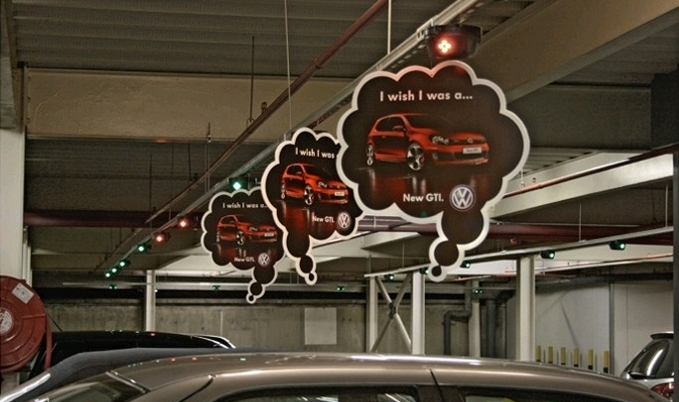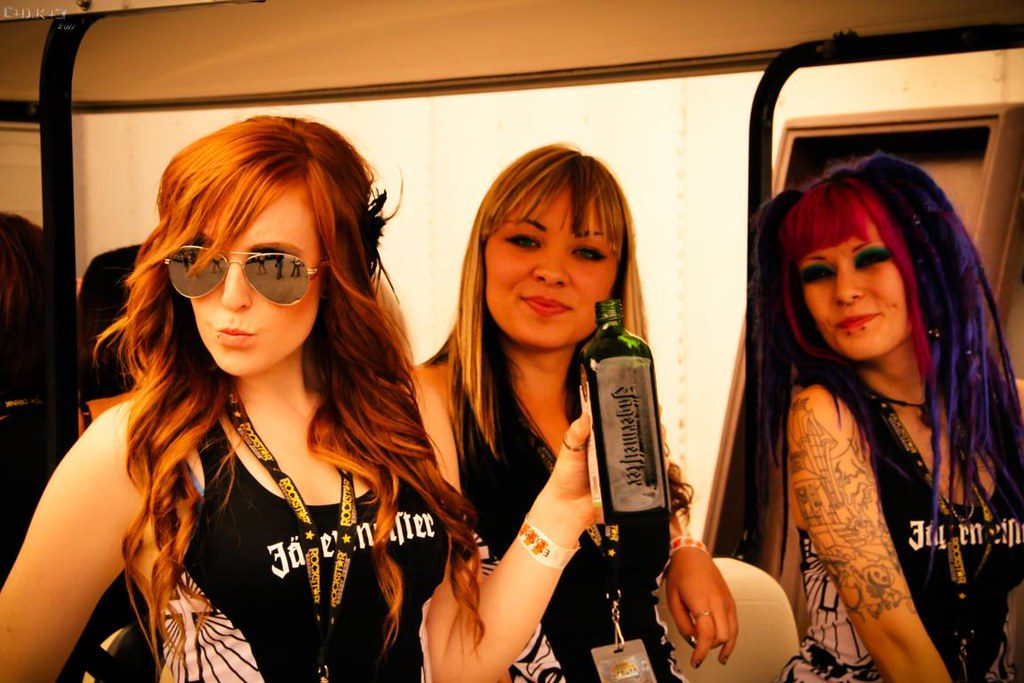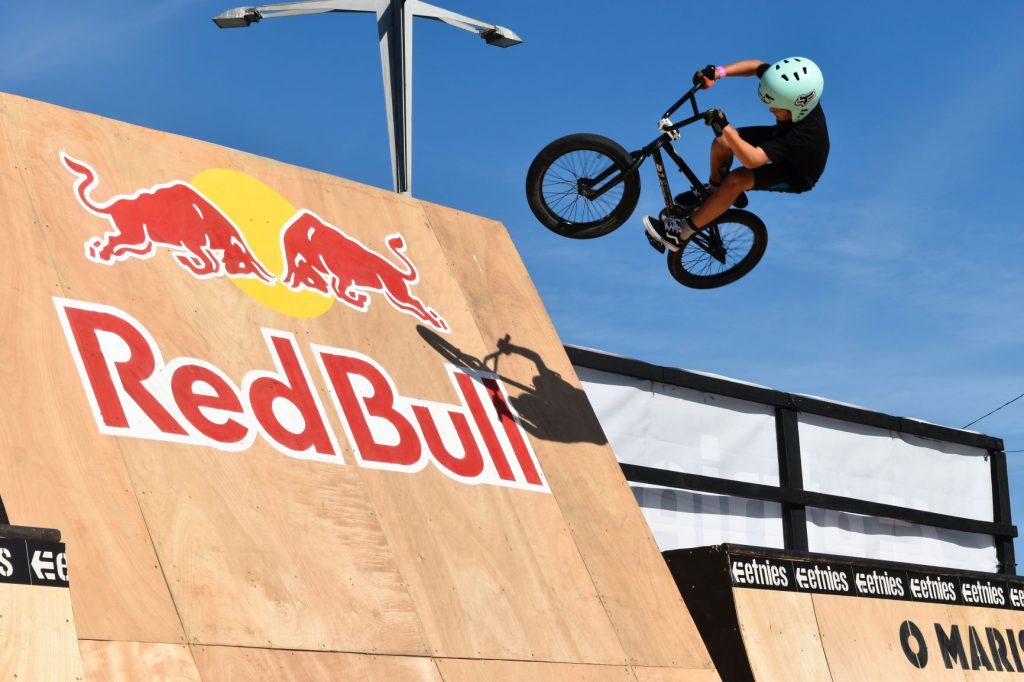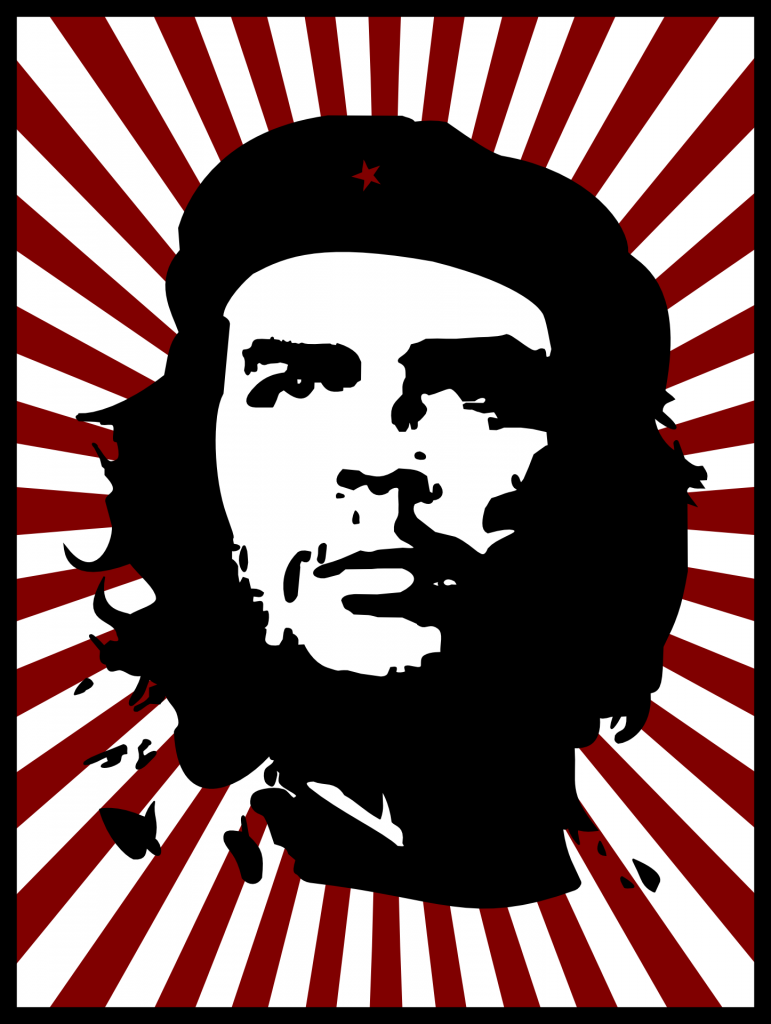Guerilla marketing? It sounds so revolutionary, doesn’t it? And, even though the term is fast approaching it’s 40th birthday, it is. Using guerilla marketing tactics can be a very effective way of getting your brand into the public consciousness and can even be much cheaper than traditional advertising.
The term guerilla marketing was coined by business marketer Jay Conrad Levinson in 1984, in his book, Guerilla Marketing: Secrets for Making Big Profits From Your Small Business.
But what is guerilla marketing? And in our era of online, connected and marketing savvy consumers, does this kind of approach really work?
What is Guerilla Marketing? A definition
Put very simply, guerilla marketing is an approach to advertising that uses less conventional tactics. The idea is to create a surprising and memorable impression, or promote an emotional response, rather than simply presenting an obvious advertisement.
Born at a time when billboard, TV and radio advertising was at its peak, the use of guerilla tactics was intended to shake up the delivery of the marketing message. Instead of passively consuming magazine ads, or sitting through a string of TV ads, which are often expensive to produce and promote, guerilla marketing is meant to catch our eye and stick in the mind.
But coming up with an original and effective marketing tactic is the tricky bit. To create a really good guerilla marketing campaign, it takes a bit of ingenuity and creativity.
Some of the most typical guerilla marketing tactics include creating a public installation, or hijacking an event that has lots of exposure to get your brand seen.
Examples of effective guerilla marketing
When done properly, guerilla marketing can leave a lasting impression that outlives the event or brand it is meant to promote. Ideally, a guerilla marketing campaign should either be amusing, thought provoking or surprising.
Giving away your product for free at a highly visible event, or ensuring product placement in a movie or TV show are both popular, if not fairly mainstream approaches to guerilla marketing.
But, for some truly inspiring guerilla marketing campaigns, these are all effective ideas.
“I wish I was a Volkswagen”
In Cape Town, South Africa, a local VW dealership partnered with a nearby mall to install thought bubbles above the mall’s parking spaces. The result was what appeared to be a glimpse into the mind of a parked car – that they were wishing that they were the latest Volkswagen model.

The 118-118 Runners
Early 2000s, in the UK, and the telephone directory enquiries service is about to be deactivated. This is all pre-internet remember, and people used to phone up directory enquiries to find opening times, addresses and other fact tit-bits. Multiple operators started to offer directory services, all beginning with the number 118.
Although this campaign relied heavily on multi-channel marketing, the guerilla aspects of it were key to its success. The image of a pair of twin runners, with matching 118 vests and comedy moustaches was plastered across billboards and TV (not the guerilla marketing aspect of this campaign).
But, it was the freebies, including those vests and moustaches that helped this brand go viral. Suddenly, every city in the country had people dressed as the 118 runners out on Saturday nights and the slogan, ‘Got your number’ was overused by everyone from schoolkids to businessmen. Give people a prop and they’ll run with it… In some cases, literally.
Making Jagermeister sexy
Many a night has been fuelled by shots of Jagermeister. But the brand used to be mostly associated with German grannies, or after dinner drinks, instead of partying youngsters.
The marketing bods at Jagermeister, when entering the US market, realised that they needed to get in with the college and nightlife crowd. All of a sudden, buxom ladies wearing the distinctive orange of Jagermeister, would show up with shot glasses and a big bottle of the bitter liqueur.
Jagermeister have also followed the lead of another popular drinks brand, Red Bull (more on them to follow). With their brand logo and colour popping up at everything from sporting events to music concerts.

Public installations
Some of the most memorable guerilla marketing examples are where companies have used public space to display an intriguing or surprising installation.
From giant cereal boxes that have spilled open, to blood splatters on the floor, or making use of street furniture such as lamp posts or bins. Making people double take and look again (or better still, take a picture and share it on social media) is one of the most popular and effective ways of guerilla marketing.
Word of mouth
Getting people to talk about your brand sometimes needs a conversation starter. In 2002, Sony used a technique known as stealth marketing to spread the word about their new camera, the T68i.
Visitors to major sites in 10 of the major cities in the USA would be approached and asked to take a picture of a stranger (or a couple). The stranger would be so enthusiastic about how great their new camera was that they would explain all the cool details and even show off the quality of the image.
In fact, these brand enthusiasts were hired by Sony to spread the word.
Masters of brand positioning
Red Bull are masters of the artform, with an uncanny knack of getting their branding in the public eye via clever backing of sporting events. In fact, Red Bull didn’t even start out by marketing their product, an energy drink, with TV and print ads coming relatively late in their strategy.

In 1987, an Austrian businessman named Dietrich Mateschitz stumbled upon a Thai energy drink and partnered with the producer to take the brand to Europe.
Rather than go for the traditional marketing approach, Mateschitz took the product directly to his market, 18-34 year old men. An early form of influencer marketing, Red Bull would target student parties, DJs and University events and give away the drink for free. The image was even more enhanced by the use of attractive models, the Red Bull Girls, who would give out free samples to those young men.
The brand of Red Bull built on it’s image by hiring athletes such as Gerhard Berger, an Austrian Formula One driver, and appearing at more and more events. With the Red Bull logo becoming visible at events from ski and snowboarding competitions to major music festivals, the brand aligned itself with a cool and edgy lifestyle and created something that money can’t buy: A brand mythos.
This approach is epitomised in their infamous record breaking stunt, the Stratos Jump. Felix Baumgartner, an Austrian skydiver, made the biggest ever skydive from the edge of space, 39 miles above the desert of New Mexico.
Although this is a great way to get people talking about your brand, chances are your company doesn’t quite have the budget to send a man nearly into space. But, there are lots of down to earth marketing strategies that you can use.
The pros and cons of guerilla marketing
Done right, guerilla marketing can be a highly effective part of your overall marketing strategy. By giving people a talking point, you can start a conversation around your brand, build a buzz and provide a huge boost to your visibility.
Like any form of marketing, there are pros and cons of guerilla marketing which may or may not make it a valuable option for you.
The pros
- Cleverly done guerilla marketing can be a very effective way of targeting a niche market or specific demographic.
- Some approaches to guerilla marketing can increase customer engagement with your brand. For example, you can encourage people to take selfies (yes, selfie marketing is a thing) and use your hashtag to be featured – boosting your social media visibility and engagement.
- There is lots of potential to create a cost effective marketing campaign, with exposure that could cost a fraction of traditional advertising.
- But, the sky is the limit! With a bit of creativity, you can come up with a guerilla marketing campaign that could be the talk of the town, or your industry.
The cons
- High concept guerilla marketing can be even more expensive than traditional marketing approaches, and there is no guarantee that it will work as expected.
- It can also be very difficult to measure the return on investment (ROI) of a guerilla marketing campaign. After all, if you’re encouraging word of mouth, how can you tell if those conversations are converting to sales?
- Although “the only thing worse than being talked about is not being talked about” (thank you Oscar Wilde), this can backfire. A controversial or poorly executed plan could end up with your business being talked about in the wrong way.
- Sometimes, simple factors like weather, lack of footfall or interference from local law enforcement can stymie what could otherwise be a decent campaign.
When to use guerilla marketing
Often used to boost brand visibility, guerilla marketing can be particularly effective when launching a new product or service. It is also useful when trying to target a specific demographic and identify your brand with a lifestyle, a la Red Bull or Jagermeister.
Being a small startup, your guerilla marketing approach can help you climb that ladder and get talked about. It’s all about finding that creative approach and working out clever ways to start a conversation.
Like this article? Find plenty more marketing inspiration and tips for PPC and SEO in our blog.
